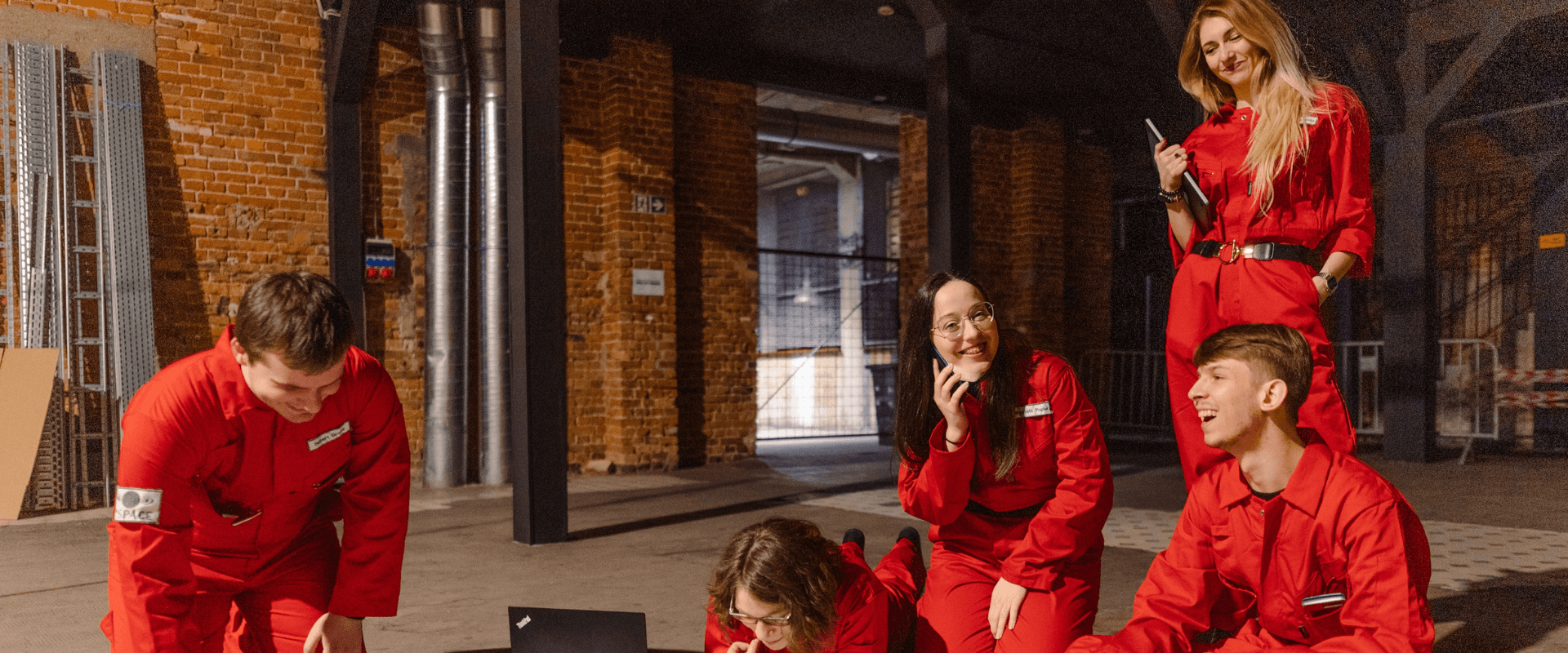Innspace in the final of the international competition

The work of the Innspace space team has been recognized once again. Researchers made it to the final of the Student Aerospace Challenge competition. The team undertook the topic of radiation protection of passengers in suborbital aircraft, for which they won the Suborbital Day Special Prize.
This is the third appearance of the Innspace team in the finals of this competition. As they themselves say, they do not intend to stop there.
The winning team
In 2019, the team won the top prize, the ESA Grand Prix, for its suborbital aircraft cabin design, and the following year, the ArianeGroup Prize for market analysis.
This year, Innspace returns for the third time with an award for its completed design of a radiation shield taking into account the aircraft's structure, dimensions and maximum mass.
Five people worked on the awarded project - Hubert Gross (Rzeszow University of Technology), Magdalena Łabowska (Wroclaw University of Technology), Dominik Tokarz (Warsaw University of Technology), Małgorzata Popiel (Adam Mickiewicz University in Poznan) and Renata Ferduła (Poznan University of Technology).
- We are very pleased with this award. Suborbital flights are gaining popularity thanks to the success of such companies as Virgin Galactic or Blue Origin. It's also a topic which is of great interest to our team, because it's the cheapest way to implement space tourism - says Hubert Gross, leader of the team that worked on this project.
What are suborbital flights?
Suborbital flights are defined as flights during which a vehicle reaches space, but its trajectory crosses the atmosphere or the surface of a gravitating body. That is, it is a type of spaceflight in which the launch vehicle reaches space, but because of the trajectory is not able to make a full orbital rotation. In the case of an Earth-launched object, once it exceeds a minimum of 100 km above sea level (the adopted Kármán line) it falls back to Earth.
